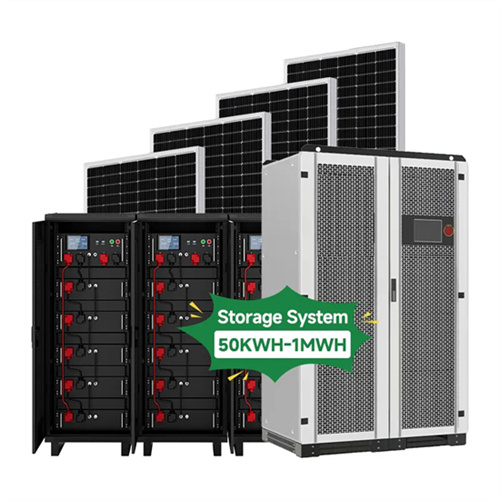About Energy storage in heat transfer
As the photovoltaic (PV) industry continues to evolve, advancements in Energy storage in heat transfer have become critical to optimizing the utilization of renewable energy sources. From innovative battery technologies to intelligent energy management systems, these solutions are transforming the way we store and distribute solar-generated electricity.
When you're looking for the latest and most efficient Energy storage in heat transfer for your PV project, our website offers a comprehensive selection of cutting-edge products designed to meet your specific requirements. Whether you're a renewable energy developer, utility company, or commercial enterprise looking to reduce your carbon footprint, we have the solutions to help you harness the full potential of solar energy.
By interacting with our online customer service, you'll gain a deep understanding of the various Energy storage in heat transfer featured in our extensive catalog, such as high-efficiency storage batteries and intelligent energy management systems, and how they work together to provide a stable and reliable power supply for your PV projects.
Related Contents
- Energy storage in heat transfer
- Solar energy storage in trombe walls heat transfer text book
- Heat transfer energy storage equation units
- Energy storage and transfer model worksheet 5
- Ground source heat pump energy storage
- Concentrated solar energy salt heat storage
- Energy storage and transfer model worksheet 5 key
- Bbc ks3 bitesize science energy transfer and storage revision bbc
- Energy storage and transfer model review answers
- Bbc ks3 bitesize science energy transfer and storage
- Aquifer thermal energy storage heat pump
- Energy storage and transfer model hooke s law and elastic energy


